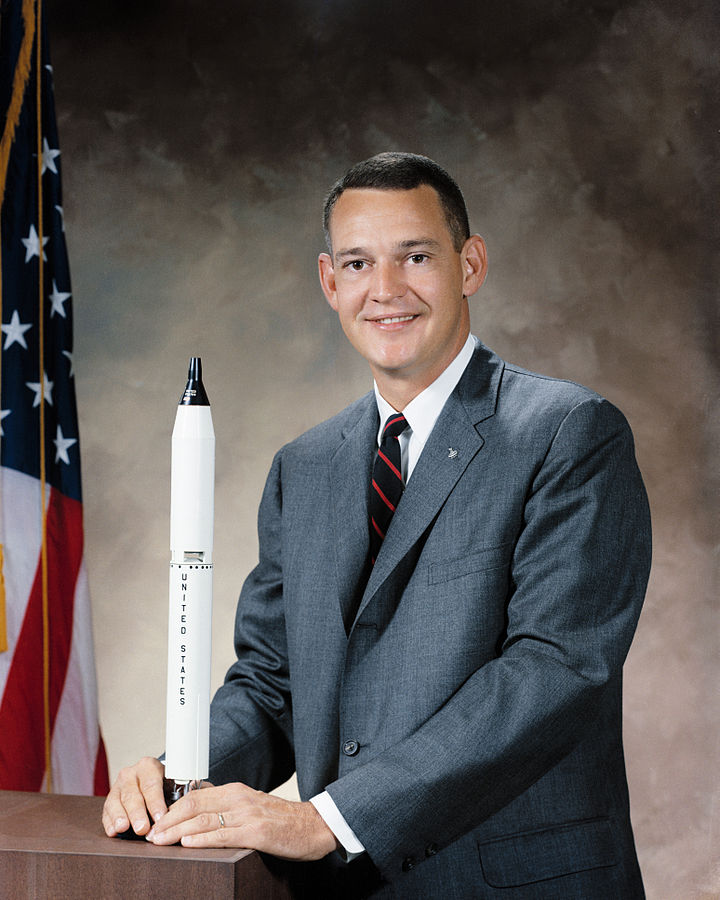Clifton Williams
American - (NASA)
Lost In Training
Date of Birth: Sept. 26, 1932
Date of Death: Oct. 5, 1967
Clifton Curtis "C.C." Williams Jr. was an American naval aviator, test pilot, mechanical engineer, major in the United States Marine Corps, and NASA astronaut, who was killed in a plane crash; he had never been to space. The crash was caused by a mechanical failure in a NASA T-38 jet trainer, which he was piloting to visit his parents in Mobile, Alabama. The failure caused the flight controls to stop responding, and although he activated the ejection seat, it did not save him. He was the fourth astronaut from NASA's Astronaut Group 3 to have died, the first two (Charles Bassett and Theodore Freeman) having been killed in separate T-38 flights, and the third (Roger B. Chaffee) in the Apollo 1 fire earlier that year. The aircraft crashed in Florida near Tallahassee within an hour of departing Patrick AFB. Although he was never on a spaceflight, he served as backup pilot for the mission Gemini 10, which took place in July 1966. Following this mission, he was selected to be the Lunar Module pilot for an Apollo mission to the Moon commanded by Pete Conrad. Following Williams' death, Alan Bean became Lunar Module pilot for Conrad's mission, which ended up being Apollo 12, the second lunar landing.
Spaceflight Record
No spaceflights found for Clifton Williams.
The National Aeronautics and Space Administration is an independent agency of the executive branch of the United States federal government responsible for the civilian space program, as well as aeronautics and aerospace research. NASA have many launch facilities but most are inactive. The most commonly used pad will be LC-39B at Kennedy Space Center in Florida.
Ariane 62
Galileo L14 (FOC FM33 & FM34)
Ariane Launch Area 4 - Guiana Space Centre, French GuianaPayload consists of two satellites for Europe's Galileo navigation system.
Atlas V 551
Amazon Leo (LA-04)
Space Launch Complex 41 - Cape Canaveral SFS, FL, USAAmazon Leo, formerly known as Project Kuiper, is a mega constellation of satellites in Low Earth Orbit that will offer broadband internet access, thi…
Long March 4B
Ziyuan-3-04
Launch Complex 9 - Taiyuan Satellite Launch Center, People's Republic of ChinaThe ZY-3 (Ziyuan-3, 'Resource-3') series represents China's first high-resolution, stereoscopic mapping satellites for civilian use. The second sa…
Falcon 9
Starlink Group 6-82
Space Launch Complex 40 - Cape Canaveral SFS, FL, USAA batch of 29 satellites for the Starlink mega-constellation - SpaceX's project for space-based Internet communication system.
Falcon 9
Starlink Group 15-12
Space Launch Complex 4E - Vandenberg SFB, CA, USAA batch of 27 satellites for the Starlink mega-constellation - SpaceX's project for space-based Internet communication system.


